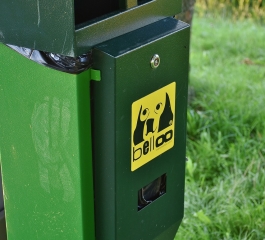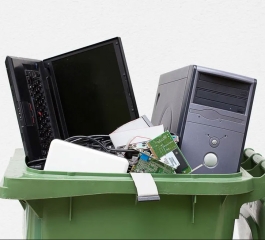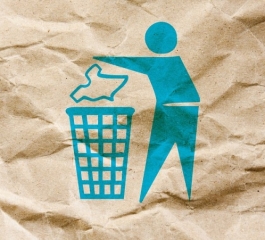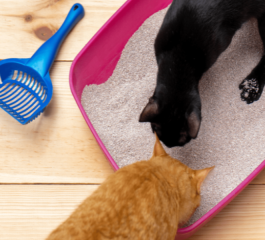So let’s learn to reuse our organic waste in a conscious and sustainable way, through composting organic recycling.
See how to reuse organic waste with compost
The composting of organic waste works on the reuse of products, such as fruit and vegetable peels and food scraps, transforming them into natural fertilizer for your plants and gardens.
In addition to reducing waste, composting also helps improve soil quality and retain moisture, making your plants healthier and more vigorous.
In this tutorial, we will teach you the detailed step-by-step for you to make compost in your home. Let’s go!
Materials needed:
1- Compost bin. This can be a wooden, plastic, or metal box with a lid and drainage holes to allow air to circulate.
2- Compostable materials: leftover fruits, vegetables, food scraps, coffee grounds, dry leaves, sawdust, plant pruning, among others.
Avoid adding leftover meat, bones, fish and fats, as they may attract unwanted animals.
3- Shovel: to mix the materials in the compost bin.
4- Water: to maintain adequate humidity in the compost bin.
1. Choose the composter:
Opt for a model that meets your needs and available space. There are compost bins of different sizes and shapes, so choose the one that best suits you.
2. Position the compost bin:
Choose a suitable location for the compost bin, preferably close to the plant growing area. Make sure the location is easily accessible and has good air circulation.
3. Place a layer of dry material:
At the bottom of the compost bin, add a layer of dry leaves, sawdust or straw. These materials will help absorb excess moisture and improve drainage.
4. Add the organic remains:
Start adding the organic waste to the compost bin. Try alternating layers of wet materials, such as fruit and vegetable peelings, coffee grounds, and food scraps.
With layers of dry materials such as dry leaves and sawdust. This will help balance the moisture in the compost bin.
5. Mix the materials:
Using a shovel, mix the materials in the compost bin from time to time to encourage decomposition and adequate aeration.
Make sure the materials are well mixed.
6. Water the composter:
Regularly check the humidity in the compost bin. If it’s too dry, sprinkle with water to maintain proper humidity.
However, be careful not to soak the compost bin, as this can harm the decomposition process.
7. Cover the compost bin:
Place the lid on the compost bin to prevent animals from entering and to ensure a dark environment, conducive to decomposition.
8. Wait for decomposition:
Decomposition time may vary depending on the materials used and environmental conditions. In general, it takes 2 to 6 months to obtain a ready-to-use organic fertilizer.
9. Use the fertilizer:
When the material is completely decomposed, you will have a nutrient-rich organic compost to use on your plants and gardens.
Spread the fertilizer on the plants and incorporate it into the soil for better results with community composting.
Conclusion
Done! Now you’ve learned how to make compost at home. Remember to maintain a routine of adding organic waste and mixing materials regularly for efficient composting.
Also, avoid adding unnatural materials like plastics and metals.
By recycling and composting, you will be contributing to reducing your environmental impact and promoting sustainability in your home.
Congratulations on the initiative!








